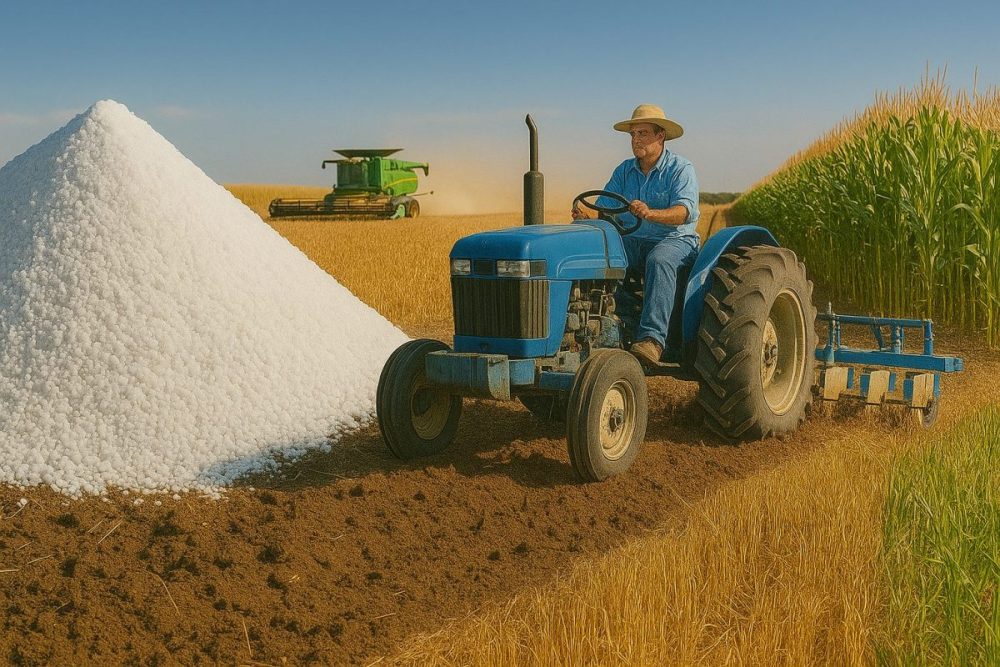Tariffs Are Increasing the Cost of Fertilizer
October 21, 2025 – A new analysis reveals that tariffs under the administration of Donald Trump are already shifting fertilizer supply chains and increasing costs for U.S. agricultural customers. The report shows that between April and September, imports of potash from countries targeted by new levies fell by about 31 percent, while imports from Canada—mostly exempt under the United States–Mexico–Canada Agreement (USMCA)—declined more modestly at around 12 percent.
The increase in input costs will ultimately be passed to the consumer in the form of higher costs for groceries.
Importers appear to be pivoting toward sources not yet subject to baseline tariffs; for example, the analysis notes an uptick in imports from Russia, which was not hit by the initial 10 percent tariff. The shift reflects how importers and farmers are adapting to heightened trade barriers by sourcing from lower-tariff countries, but that adjustment comes at a cost.
Industry experts say the changes are forcing higher input costs down the supply chain. Analysts warned that tariffs on potash, a critical nutrient input that the U.S. imports heavily—especially from Canada—could generate price increases of more than $100 per ton. Additional research notes that fertilizer input costs already make up a large share of farm operating costs in the U.S., and disruptions or tariff-driven changes in sourcing can compound price pressure.
While the study underscores the immediate effects of the tariff regime on fertilizer trade flows and costs, it also signals potential broader inflationary impacts for the agriculture sector and food supply chain.
Agricultural groups are urging the administration to reconsider the tariffs, warning that continued volatility could further strain U.S. producers heading into the 2026 planting season.







